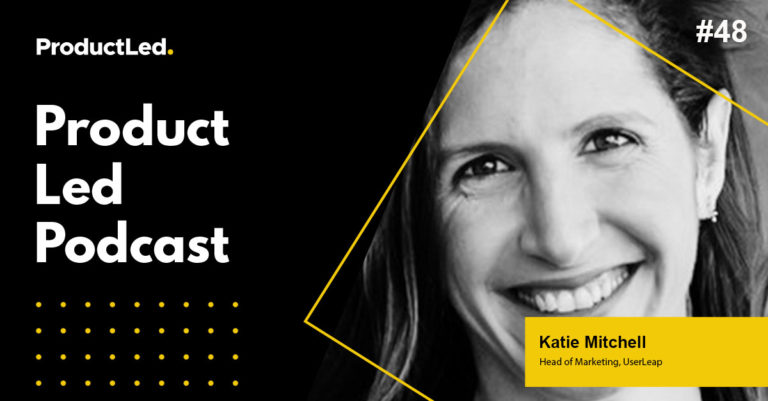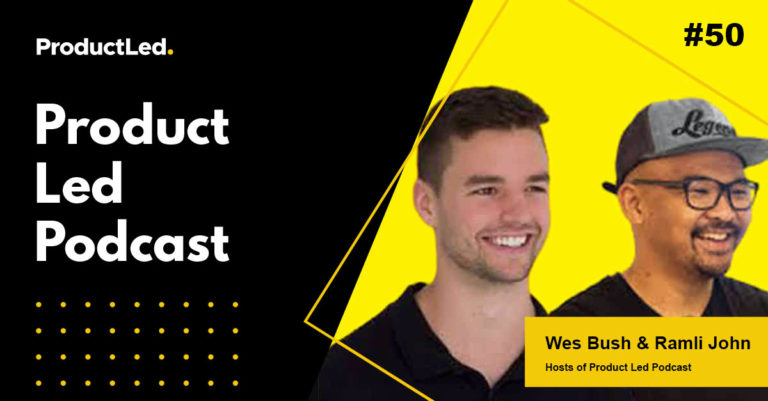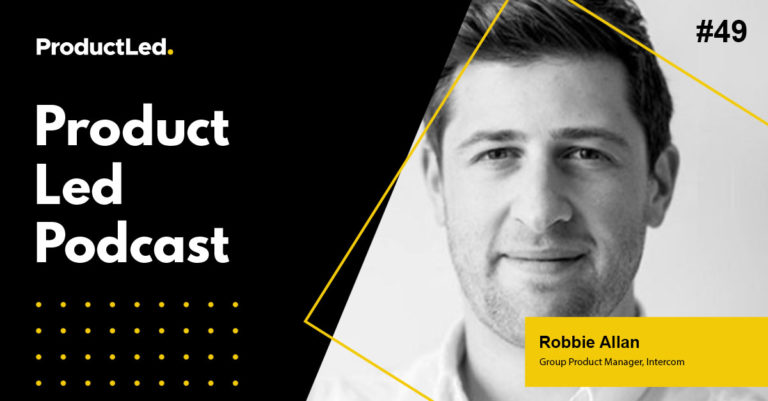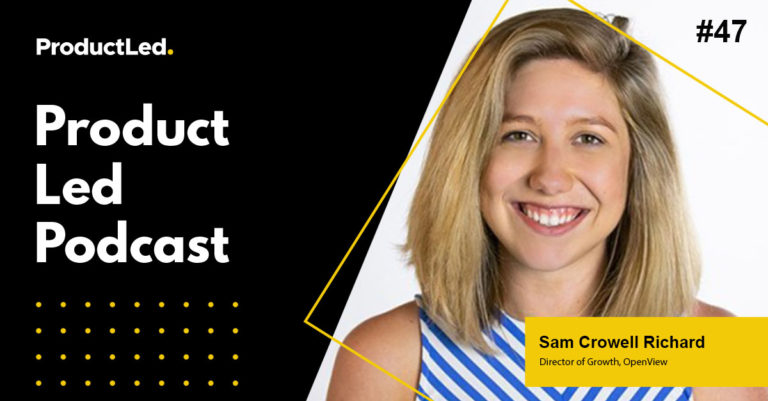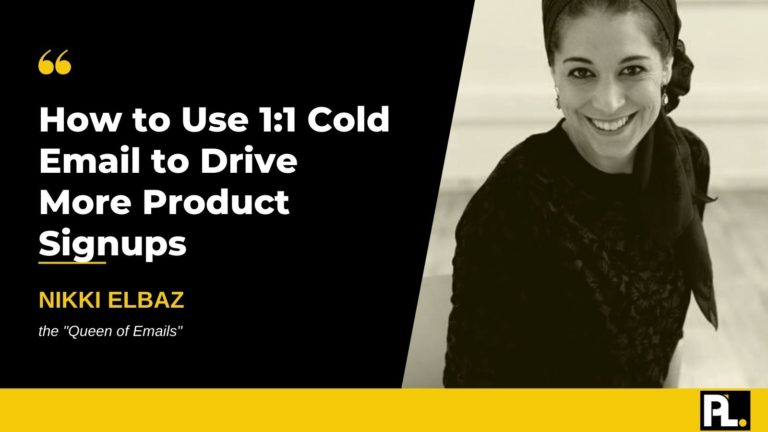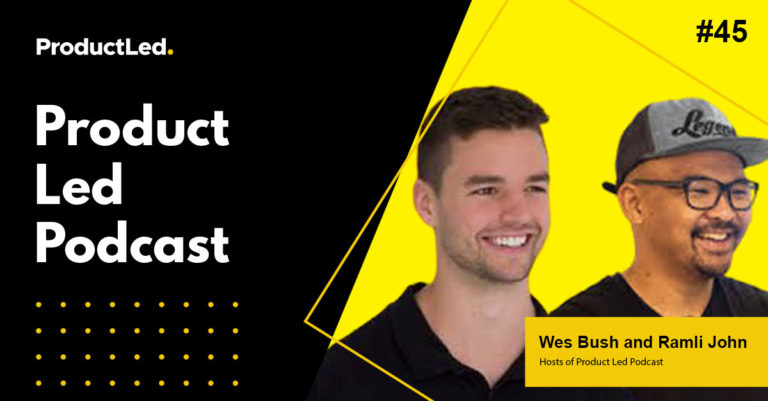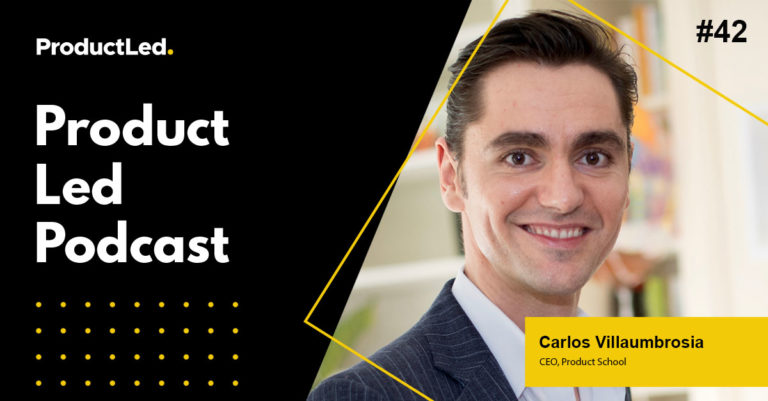Product-led growth is just half the effort.
Behind every product-led company scaling past 8-figures is the support of a stellar product-led organization (PLO).
In this article, I am going to share what product-led growth is, what a product-led organization is, and how you can integrate them together to build a multimillion-dollar SaaS business without a sales team.
Why product-led growth isn’t enough
Most companies approach product-led growth from the surface level.
They analyze other successful product-led companies and define the “winning formula” as something like:
- Launching a free trial or freemium model.
- Building out transparent pricing.
- Improving their onboarding process to get users to value quicker.
- Updating a landing page to promote the free offer.
Sound familiar?
These are all important aspects of product-led growth (PLG), but they’re only half the picture.
Most people mistakenly treat PLG as just a product strategy. This oversight is why many fail to harness its full potential.
What these companies miss out on is everything below the surface that supports PLG.
Things like:
- Nailing down a winning company-level strategy that supports PLG.
- Getting crystal clear on who your ideal user is.
- Tracking the right data points and making sure accountability is in place for each stage of your user journey.
- Installing a growth process that consistently optimizes your PLG motion.
- Designing the right team so you have the right capabilities to support PLG.
Collectively, I refer to everything below the surface as your product-led organization (PLO).
What it means to become product-led
Being really good at PLG isn’t enough.
The same goes for PLO.
You need to integrate them together. That's how you become product-led and where the real magic happens.
The three core outcomes of becoming product-led
When you become product-led, you win in three significant ways:
1. Effortless Annual Recurring Revenue (ARR)
Developing a SaaS product that practically sells itself lays the groundwork for effortless ARR.
I want to recognize that putting in the work to achieve this through acquisition, engagement, and monetization isn’t effortless.
However, when users sign up for your software, experience its value, and upgrade without talking to you – this drives effortless ARR.
2. Lean Scale
Becoming product-led lets you scale a big business with a tiny team.
Each team member is amazing at what they do and serves a precise role in contributing to the growth of your SaaS product.
Userflow is a shining example of lean scale. The company’s small team of three achieved $4.6 million in ARR and was acquired for $60 million.
While every company won’t reach the same lean scale level, they remind us that it's possible.
3. Durable Growth
Integrating PGL and PLO creates a clear path to unlock profits year-over-year.
With a solid strategy and a deep understanding of the market, you align your focus on serving the users who benefit most from your product, ensuring that what you're giving away for free ends precisely where it should.
You can achieve all three of these outcomes if you install the ProductLed System.
By focusing on the nine key components of the ProductLed System, you can build a successful business where users upgrade without ever talking to you.
The 9-step framework to achieve holistic product-led growth
What you sell is just as important as how you sell.
The true secret to PLG is understanding that your users’ success will become yours.
To make your users successful, you need to do three things well:
- Acquire — by getting the “right” users
- Engage — by creating incredible user value
- Monetize — by growing customer value
When you master these growth pillars and prioritize engagement before monetization, you truly improve “how” you sell.
Below, I’ll explore the nine components of the ProductLed System. I’ve also added questions you should ask yourself along the way to help you start thinking about your PLG approach and where there’s room for improvement.
1. Build a winning strategy
First and foremost, you need to evaluate your strategy.
To truly dominate your market, you must be crystal clear on what you do best as a company and align your strengths with what the market wants and the customer needs.
A winning strategy lights up the path and aligns your team with where you need to go.
Ask yourself: how effective is your strategy in helping your company become the undeniable choice?
2. Ideal User
You need to identify one ideal user and understand their problems, needs, and wants better than the rest of your market.
This second component is where I tend to get the most pushback from founders who strongly feel they have a horizontal platform that can serve multiple ideal users. However, the evidence has shown that once you pick that ideal user and know them inside and out, your conversions will increase because you attract the right people.
Ask yourself: Who is your ideal customer?
3. Your Free model
The debate isn’t about whether a free trial or freemium model is better.
Instead, your team should be discussing:
- What the main outcome is for your ideal users.
- Where they are in that user journey.
- What do we need to give them to get to that level.
When you approach your free model this way, you don't give away too much or too little. You give them everything they need to succeed at that next outcome.
Ask yourself: How intentional is your free offer?
4. Build an irresistible offer
You want your product to be the most compelling solution in your market.
An irresistible offer involves excellent positioning and messaging.
When done right, your irresistible offer motivates users to use your product and allows them to experience value as quickly as possible.
Ask yourself: is your offer 10x more compelling than the alternatives in the market?
5. Onboarding experience
To gain leverage in your PLG business, you must make it effortless to sign up, get to value, and upgrade.
Doing so requires mapping out every step in your product-led journey to uncover where your bottlenecks live. This is where the Bowling Alley Framework comes in.
Ask yourself: How do you create that effortless experience for your users?
6. Pricing
As a product-led company, you want your SaaS pricing to be transparent, simple, and strategic.
You want to give users all the information needed to understand which plan to choose in less than five seconds.
To do this, you must choose a value metric that scales as your business grows and create packages that make it a no-brainer for users to upgrade.
Ask yourself: How simple, transparent, and strategic is your pricing?
7. Data
Most product-led companies overcomplicate data. They’re tracking too much, and as a result, there is no accountability.
As a product-led business, you need to track only six metrics, all of which my framework accounts for.
These six will tell you exactly where users get stuck in their journey, allowing you to quickly identify your business's #1 bottleneck.
By monitoring six metrics, you'll know which stage of the customer lifecycle — acquire, engage, monetize — to focus your improvement efforts on.
Ask yourself: How well do you and your team understand the number one bottleneck?
8. Growth Process
You can tap into creative solutions when your company has the right data to identify your biggest bottleneck.
To unlock this predictable growth, you must have a consistent growth process that consistently churns out high-impact experiments like clockwork and tackles your biggest bottleneck and growth weekly.
Ask yourself: how effective is your team at launching high-impact experiments that tackle the top bottleneck in your business?
9. Build Your SaaS Team
In PLG, your product is the machine, not the people.
Hiring should be a last resort because your product should do the brunt of the work when it comes to acquiring, engaging, and monetizing users.
Ask yourself: how equipped is your team to build and scale a world-class product-led business?
How to implement the ProductLed System™
The nine components explored in the section above provide a structured blueprint to scale your product-led business holistically.
You can learn more about the ProductLed System™ here. You may also be interested in reading the first three chapters of my new book, which breaks down each of the nine compomenents in detail, so you can implement it yourself.
The entire book came from my experience coaching several companies to become product-led. Over the years, I started to identify what separates the good product-led companies from the great ones.
In 2019, I wrote Product-Led Growth: How to Build a Product That Sells Itself, which talks about what product-led growth is and why you should care. This latest release is about building that strong PLO foundation that propels your PLG model forward.
If you want to implement the ProductLed System inside of your business, our next cohort kicks off soon. Join the waitlist to be the first to know when enrollment opens.

